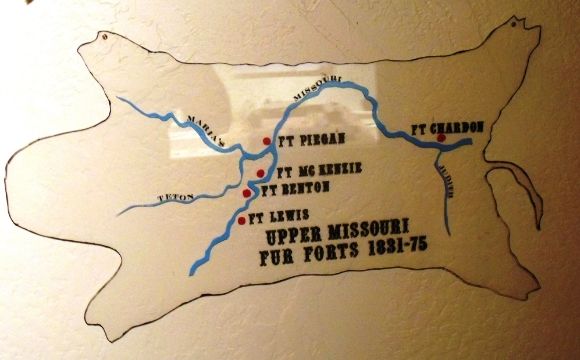
Fort Benton was originally established as a trading post in 1846. It traded with the Blackfoot Indians primarily for buffalo robes which were then sent by boat down the Missouri River to St. Louis. While the fort was originally made from timbers, it was soon reconstructed using adobe brick.
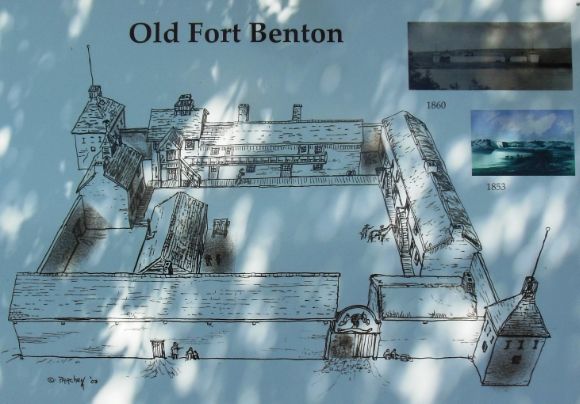
Typical of trading posts, it was walled for protection and had a contained a large courtyard surrounded by a number of buildings. It has two blockhouses on opposite corners which have rifle slits and cannons. The entrance to the fort was-and still is-a large gate which faces the river. The gate leads into a large courtyard which today contains some wagons and Indian tipis and provides a setting for activities such as concerts.
Across the courtyard from the main gate is the agent’s quarters and the clerks’ quarters, two story adjacent structures. The lower story of this structure currently houses a gallery of art by Karl Bodmer and Bob Scriver.
To the right of the main gate is a building which housed the carpenter shop and the blacksmith shop.
To the left of the main gate is the warehouse and the trade room. The warehouse currently houses an extensive display on the Blackfoot and the trade room allows visitors to experience the feel of a trading post.

Shown above is an 1860 photograph of the fort.
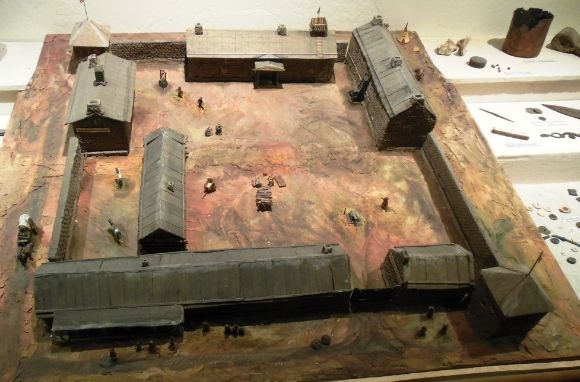
Shown above is a model providing an overview of the original fort.
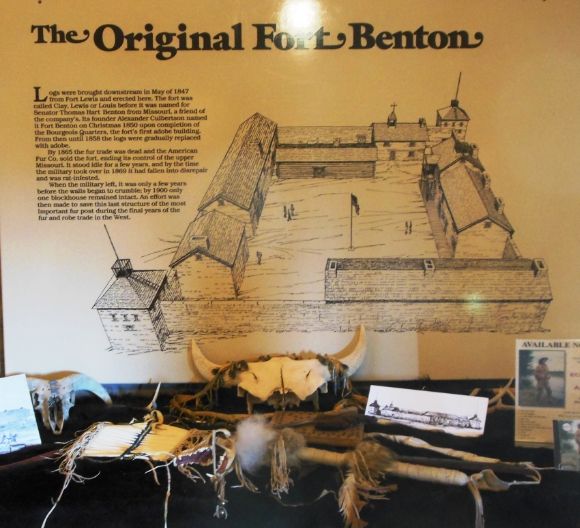
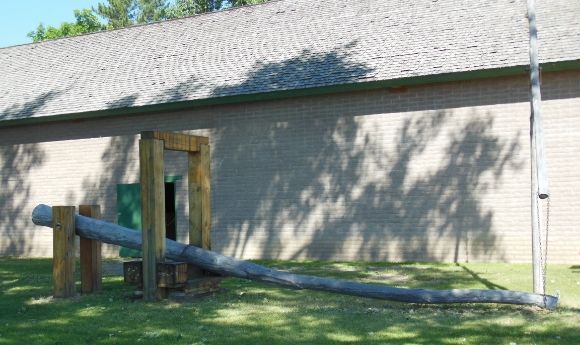
Shown above is a replica of a buffalo hide press. The buffalo hides would be folded, hair side out, into a three-foot square. Then 10-12 hides would be pressed into a bundle which weighed about 150 pounds. According to the display:
“The long tree pole of cotton-wood is anchored into the ground at one end. It is lifted up at the other end with the gin pole which opens up the bed of the press. The folded robes are placed on the lower bed and the cottonwood log is lowered with the top bed of the press. With the men adding their weight, the furs are tightly pressed together and tied before they are removed and carried to the boat for shipment down river.”
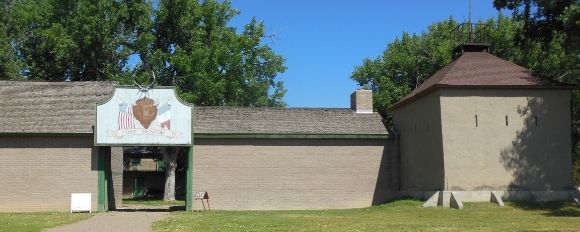
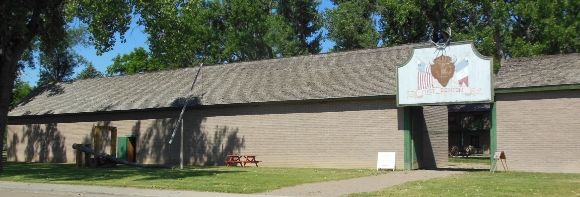
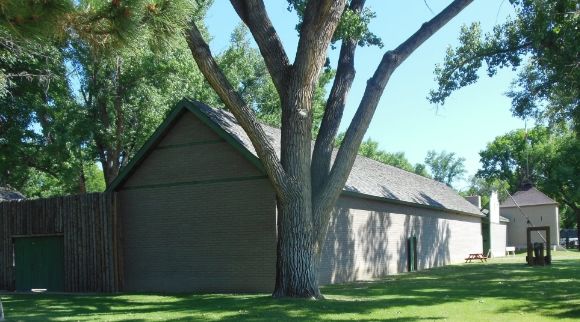
Shown above are photographs of the outside of the reconstructed fort. The blockhouse is original and is the longest continually utilized structure in the state of Montana.

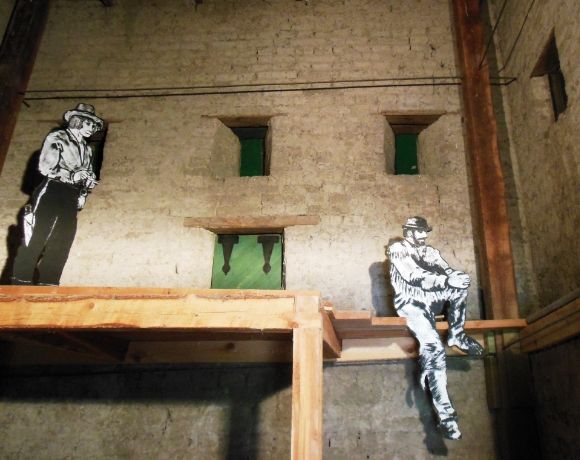
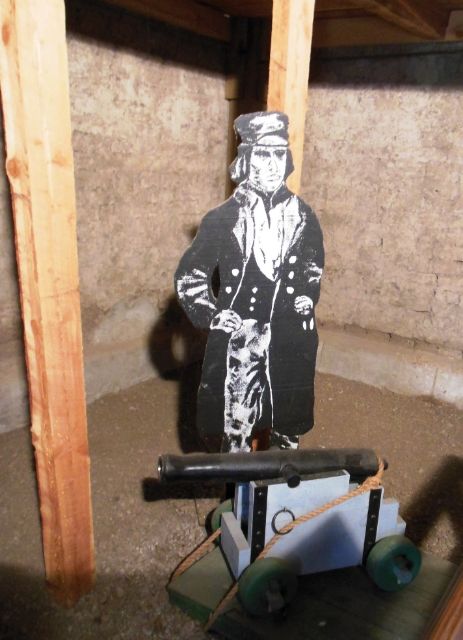
Shown above is the inside of the blockhouse.
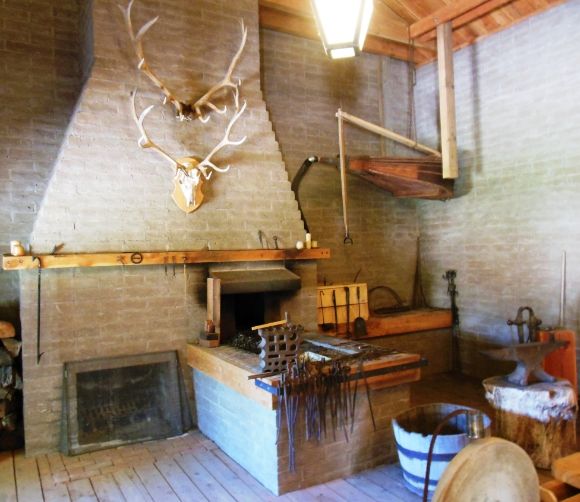
Shown above is the blacksmith shop at the fort. This was an important part of the fort during the fur trade era as many tools, including axes and traps, were manufactured here.
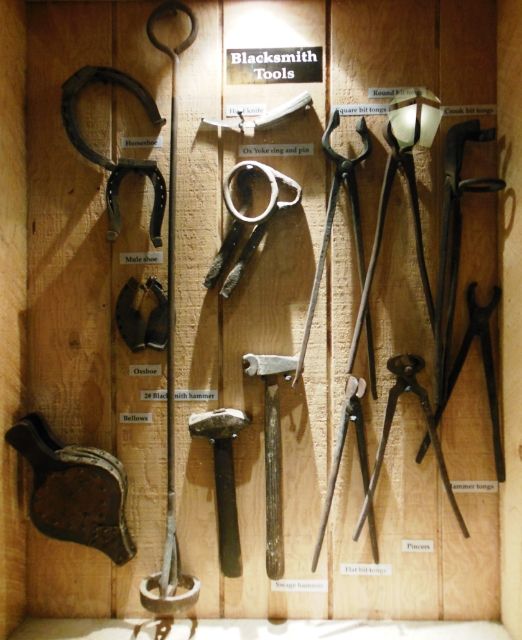
Shown above is a tool display at the blacksmith shop at the fort.
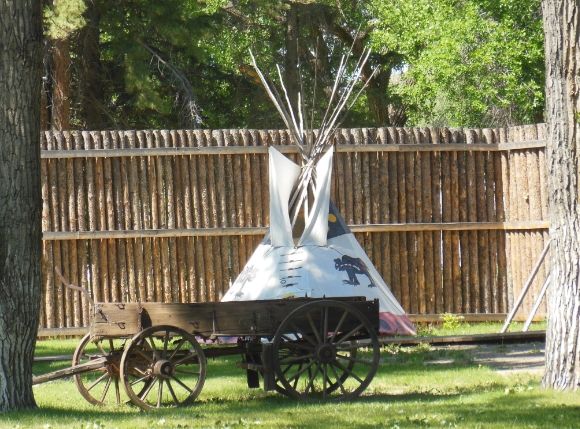
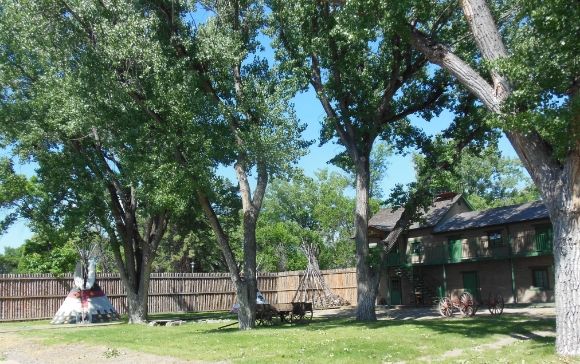
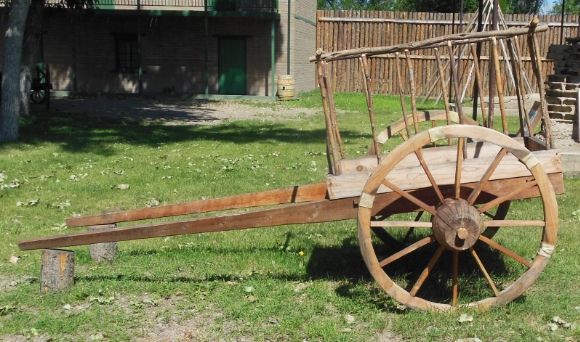
Shown above is a Red River Cart. These carts were characteristic of the Métis of Canada. The large wheels meant that they would not get mired down in mud. No grease was used and consequently they were more than a little noisy.
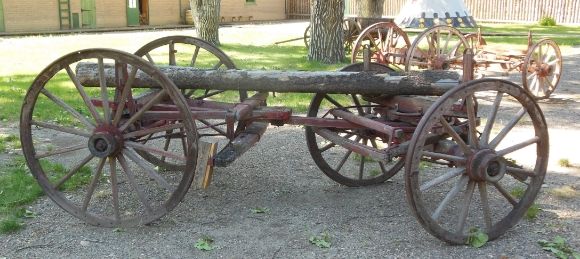
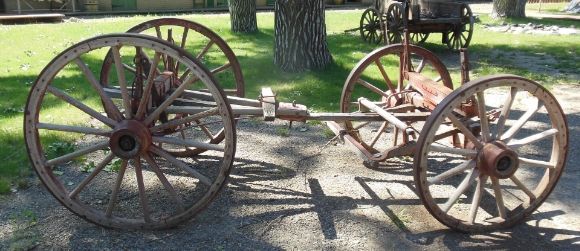
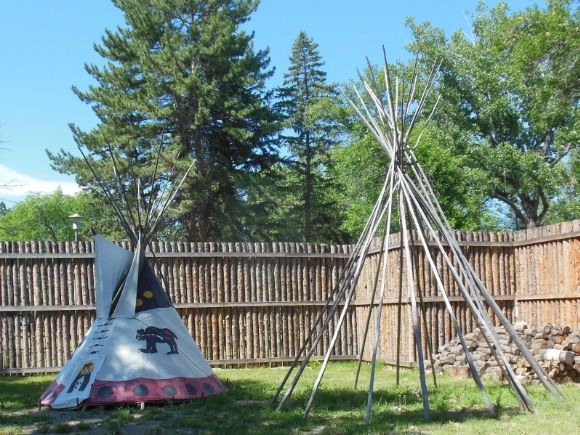
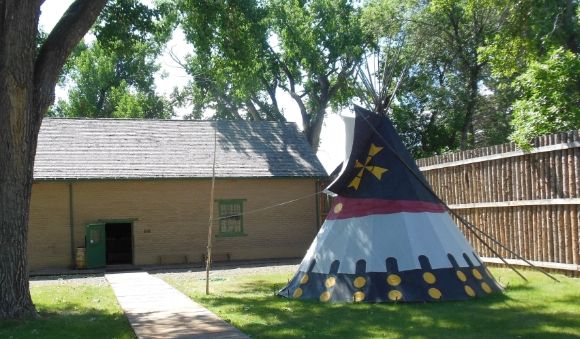
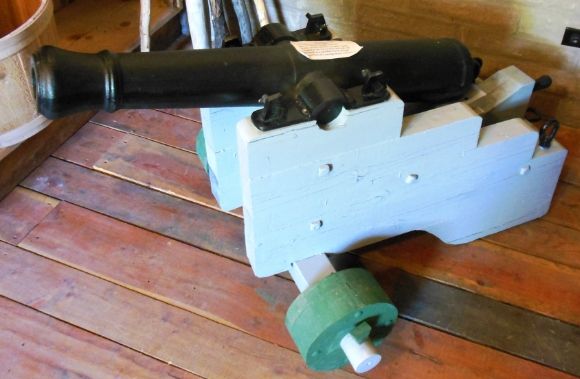
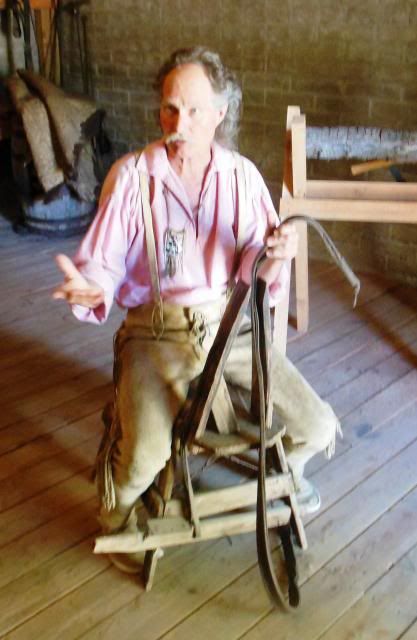
Shown above is Bruce Druliner (Burnt Spoon), a living history interpreter, demonstrating equipment in the wood shop.
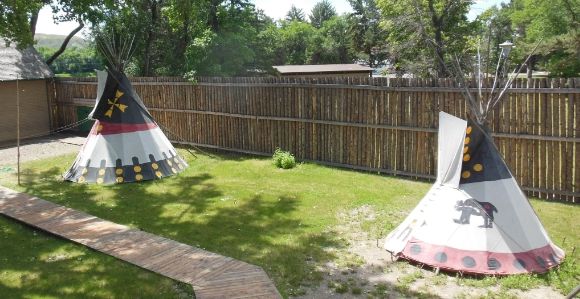
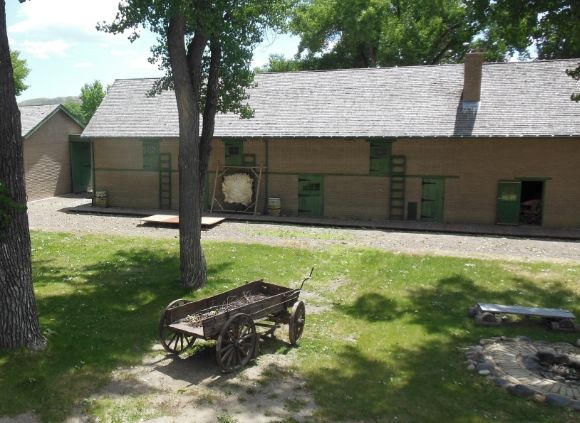
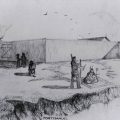
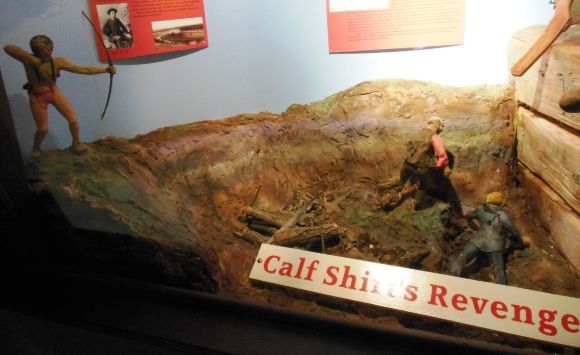
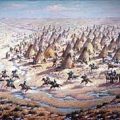
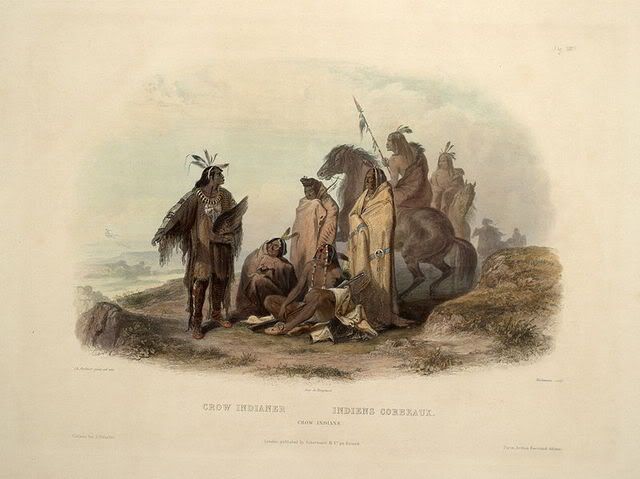
Leave a Reply